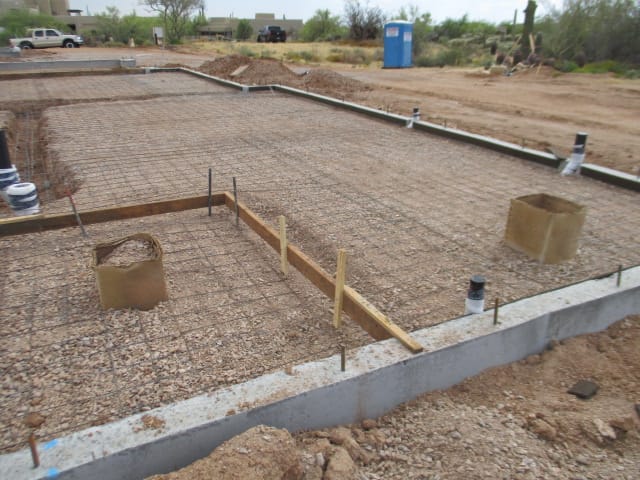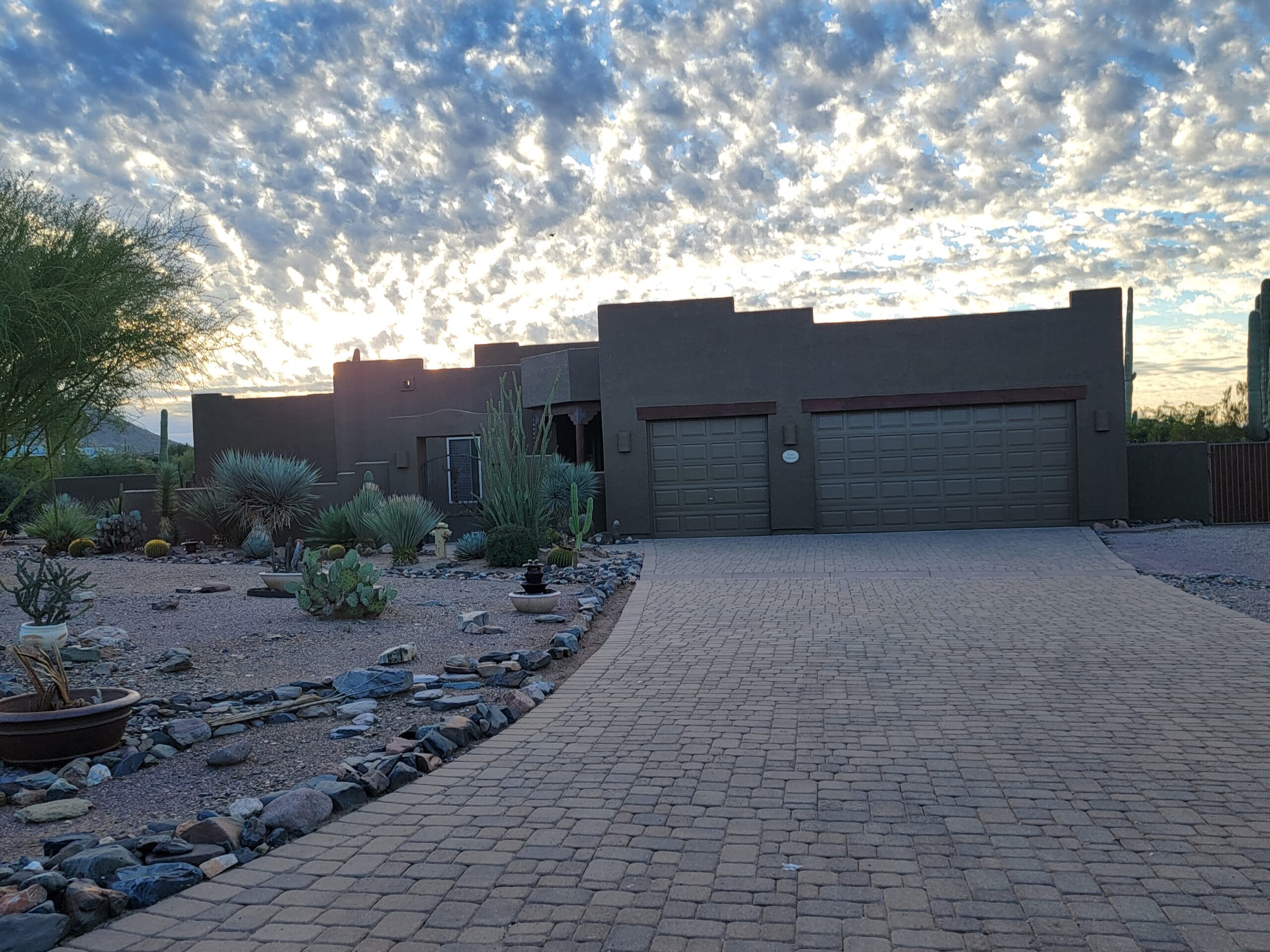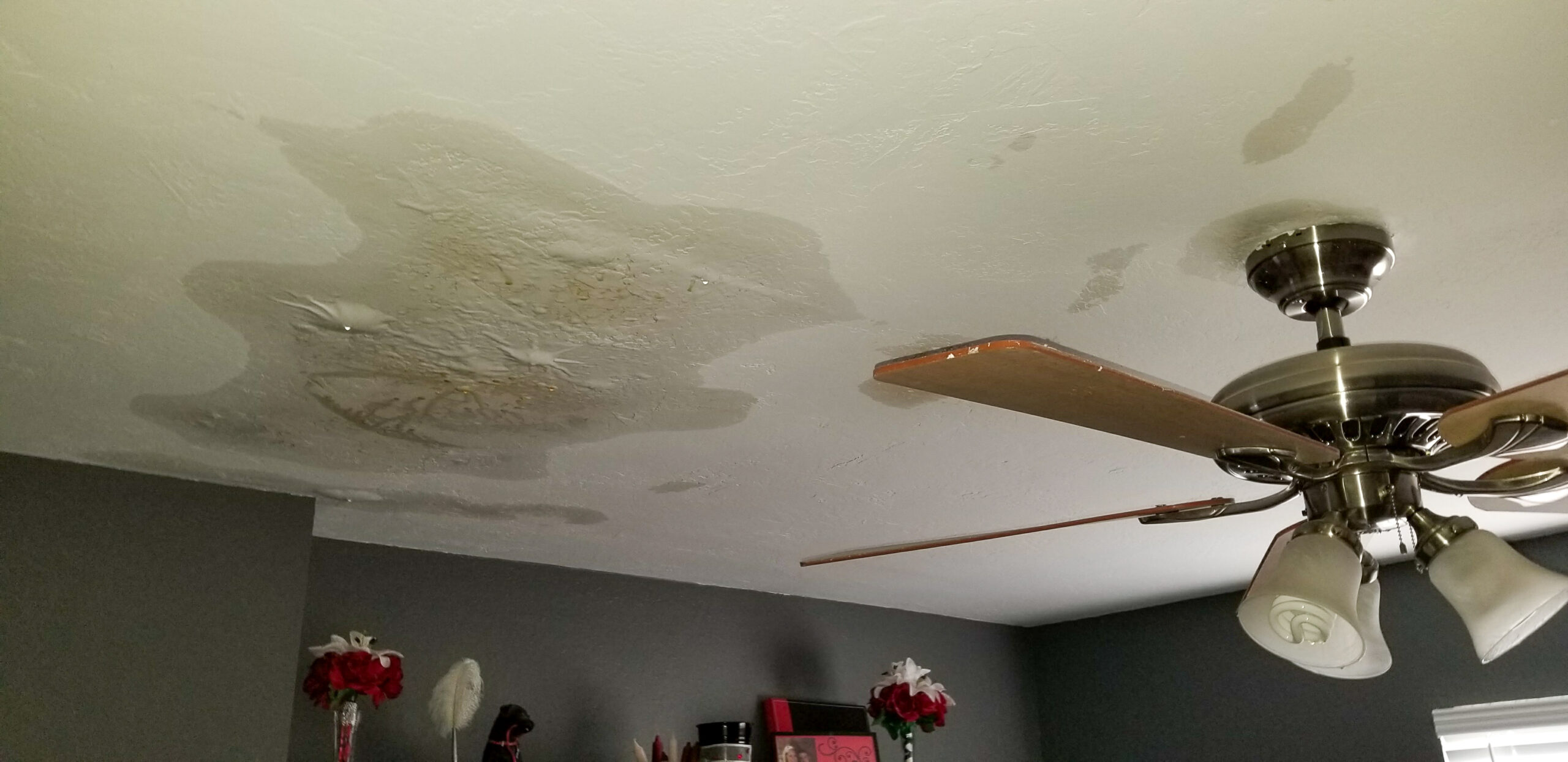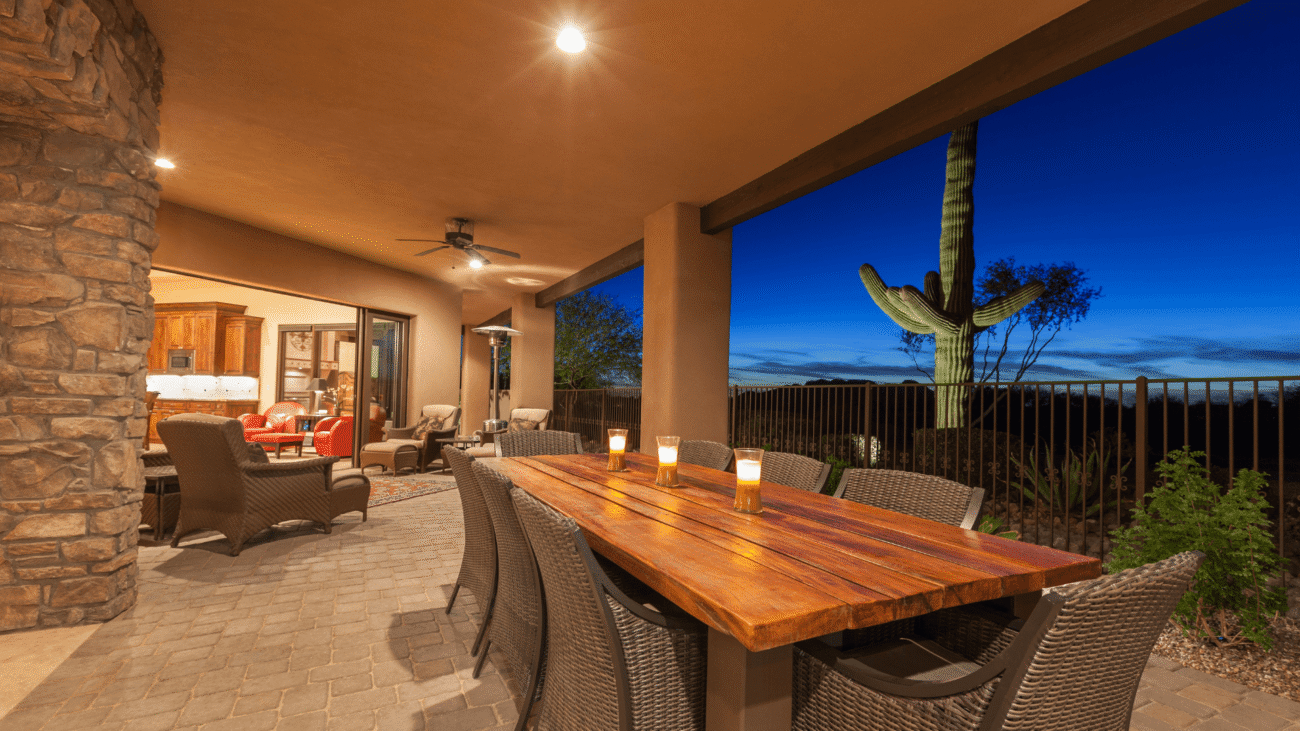That’s a question that we never want to ask and a GFCI can help protect our kids.
What is a GFCI?
A GFCI, or Ground Fault Circuit Interrupter, is an automatic device that offers personal protection against electrical shock. They are installed in areas where known electrical shock hazards exist… outdoor outlets and fixtures, swimming pools, saunas and hot tubs, outlets in kitchens, basements, bathrooms, and garages. Wherever there is the potential for contact between a person and an electrical appliance in or near moisture, water, or water piping, a GFCI should be protecting the circuit… and you!
How Does a GFCI Work?
Inside of a GFCI is a sensor that detects changes in current to the appliance by comparing the current flowing to the appliance and the current flowing from the appliance. A drop off in the current equivalent to about 5 milli-amperes turns off all power by tripping a relay within the GFCI within a few hundredths of a second. You might hardly even feel the shock, it happens so quickly!
However, there is still a danger since 5 mille-amperes can cause a “jerk reflex” or spasm in the muscles. This is not too bad if you are standing on the ground but potentially dangerous if you are on a ladder or roof!
GFCI’s can be reset to restore power to the affected circuit. If the problem still exists, though, the GFCI will not reset.
Types of GFCIs.
The three basic types used in homes are the GFCI outlet, the GFCI circuit breaker and the portable GFCI. All perform the same function each has different applications and limitations.
The GFCI outlet (shown above) is intended as a replacement for a standard electrical outlet. It protects any appliance plugged into it, and can also be wired to protect other outlets that are connected to it.
IMPORTANT: A GFCI outlet is not difficult to install, but the instructions for installation and testing must be followed precisely to insure the GFCI works properly!!
The GFCI circuit breaker controls an entire circuit, and is installed as a replacement for a circuit breaker on your home’s main circuit board. Some homes are wired so that all bathrooms or all outdoor fixtures are on the same circuit. Rather than install multiple GFCI outlets, one GFCI circuit breaker can protect the entire circuit.
If you decide that the GFCI circuit breaker is your best option, you must purchase one that is a match for your main electrical panel. If you have an older panel that utilizes fuses, you cannot use a GFCI circuit breaker and must use GFCI outlets instead.
Resetting a GFCI circuit breaker is a little different than resetting an outlet-type GFCI. There is no “reset” switch. Instead, the GFCI breaker is reset by first switching the breaker to the full “off” position, then to the full “on” position to restore power.
There is also a portable GFCI that is often used by contractors as shown below:
They can work as well as the ones installed in your house. In fact, some appliances such as hair dryers are now coming from the factory with GFCIs built into the power cords. Portable GFCI’s are frequently used by contractors on worksites.
Portable GFCIs do not need a ground to function, since they are designed the same as stationary ones. So if the GFCI is operating properly, it will protect you even in ungrounded situations. However, if the tool or appliance you are using has a grounded three prong plug, you should never defeat it with an adapter unless you ground the adapter. The GFCI will offer no protection from the type of shock that can result from improper grounding of the tool!!
Always perform a safety test on your portable GFCI each time before using it. Push the TEST button, which should kill power to the outlets. Then, press the reset button to restore power to the GFCI outlets.
IMPORTANT NOTE: Do not use portable GFCIs in place of permanent ones in your home! They are intended to be used in situations where you must bring power from an unprotected outlet into a hazardous situation. For example, if you ran an extension cord from a living room outlet (probably unprotected) to the front yard to cut lumber on the lawn!
Testing a GFCI
All GFCIs, whether local or central, have two testing-related buttons on them. One button is appropriately labeled TEST, and one is labeled RESET. Turn on an appliance or light fixture connected to the GFCI. Press the TEST button, and the appliance should immediately turn off. If it does not, either the GFCI is miswired, there is a problem with other wiring in the same circuit, or the GFCI has malfunctioned and should be replaced. Pressing the RESET button will restore power to the appliance or circuit.
Conversely, if you have a GFCI that has tripped and will not reset, you may have a wiring short in the circuit, a defective appliance on the circuit, or the GFCI itself has become defective.
The easiest way to troubleshoot a GFCI is to obtain a GFCI tester, available at most hardware stores. It plugs into the GFCI outlet, and will supply you with a “snapshot” of your connections, indicating wiring problems and/or the condition of the GFCI. Another way to troubleshoot is to simply purchase a new GFCI and install it.
The GFCI in my kitchen seems to trip more often. Do GFCIs wear out?
Yes, they sure do! Over time, a GFCI will become more sensitive to minor variations in current that are caused by certain types of appliances. Hair dryers and space heaters are notorious for stressing and tripping GFCIs. Replacing the GFCI will help solve this problem, though it may recur eventually as the new GFCI ages.
Does a GFCI need to be grounded to work properly? I would like to install a GFCI in my bathroom but the outlet is the old, 2-pronged type.
According to the NEC, it is allowable to install GFCI’s in ungrounded situations. This makes sense, since the GFCI is not dependent of the ground to function. Remember, it does not measure shorts to the ground, it measures the current difference between the hot and neutral wires. A sudden difference, indicating that there is another path for the electricity to flow through… you, for example, causes the GFCI to open the circuit and save you from permanently curly hair.
Of course, most safety-conscious electricians prefer not to install a grounded-type “three prong” outlet in an ungrounded situation. Think about it… once the outlet is installed, there is no way for anyone to know if the outlet is really grounded or not without testing it. Thus, there is a hidden shock hazard should an appliance or tool that needs grounding… has three-prong plug… is plugged into this outlet.
However, the NEC allows GFCI’s to be installed in ungrounded situations PROVIDED THAT the outlet is labeled “ungrounded”. Though not “officially” approved in the NEC, the grounding hole in the GFCI can be permanently defeated by using an epoxy or other adhesive to seal the hole.
Though a GFCI will activate if a grounded appliance develops an electrical short circuit to ground… such as when YOU touch a metal saw and become the path to ground… you will experience a momentary electrical shock. This could be a minor tingle or could be more catastrophic, especially if you are on a ladder or roof. This excerpt is from an OSHA (Occupational Safety and Health Administration) article on wiring in nursing homes and the dangers to employees working with ungrounded outlets…
“The ground-fault circuit interrupter, on the other hand, is a fast-acting device which senses small current leakage to ground and, in a fraction of a second, shuts off the electricity and interrupts its faulty flow to ground. The rapid response of the GFCI is fast enough to prevent electrocution and this protection is independent of the condition of the grounding conductor.
A GFCI can prevent an electrocution; however, it cannot by itself prevent an initial electric shock to an employee before it interrupts the circuit. This initial shock could lead to injuries of an indirect or secondary nature in which involuntary muscular reaction could cause bruises, bone fractures, and even death resulting from collisions or falls. Therefore, GFCIs are in addition to, and not in lieu of, equipment grounding conductor requirements.”
Here’s a link to the complete article: http://www.osha.gov/pls/oshaweb/owadisp.show_document?p_table=FEDERAL_REGISTER&p_id=13346 )
Are there any situations in which a GFCI will not provide the shock protection for which it as designed?
GFCI’s are not effective in certain circumstances. As mentioned earlier, they work by measuring the difference between the electrical current going INTO an appliance and the current going OUT of the appliance. This assumes that the person being shocked is grounded. If you were ungrounded and touched the hot and neutral wires at the same time, there would be no drop in current detected, so the GFCI would not activate. Then, you would be at the mercy of the fuses or circuit breakers, which may or may not stop the current before it’s too late!
A second situation where a GFCI will not protect you is when a second, unprotected circuit is involved in an accident. This can happen when a wire is accidentally drilled into or a metal screw penetrates a wire hidden in the wall. Unless this second circuit is also protected, you are at full risk of electrocution, even if the tool itself is on a protected circuit!
Arc Faults
Problems in home wiring, like arcing and sparking, are associated with more than 40,000 home fires each year. These fires claim over 350 lives and injure 1,400 victims annually.
A new electrical safety device for homes, called an arc fault circuit interrupter or AFCI, is expected to provide enhanced protection from fires resulting from these unsafe home wiring conditions.
Typical household fuses and circuit breakers do not respond to early arcing and sparking conditions in home wiring. By the time a fuse or circuit breaker opens a circuit to defuse these conditions, a fire may already have begun.
Several years ago, a CPSC study identified arc fault detection as a promising new technology. Since then, CPSC electrical engineers have tested the new AFCIs on the market and found these products to be effective.
Requiring AFCIs
AFCIs are already recognized for their effectiveness in preventing fires. The most recent edition of the National Electrical Code, the widely-adopted model code for electrical wiring, will require AFCIs for bedroom circuits in new residential construction, effective January 2002.
Future editions of the code, which is updated every three years, could expand coverage.
AFCIs vs. GFCIs
AFCIs should not be confused with ground fault circuit interrupters or GFCIs. The popular GFCI devices are designed to provide protection from the serious consequences of electric shock.
While both AFCIs and GFCIs are important safety devices, they have different functions. AFCIs are intended to address fire hazards; GFCIs address shock hazards. Combination devices that include both AFCI and GFCI protection in one unit will become available soon.
AFCIs can be installed in any 15 or 20-ampere branch circuit in homes today and are currently available as circuit breakers with built-in AFCI features. In the near future, other types of devices with AFCI protection will be available.
Should You Install AFCIs?
You may want to consider adding AFCI protection for both new and existing homes. Older homes with ordinary circuit breakers especially may benefit from the added protection against the arcing faults that can occur in aging wiring systems.
For more information about AFCIs, contact an electrical supply store, an electrician, or the manufacturer of the circuit breakers already installed in your home. Sometimes these components can be replaced with AFCIs in the existing electrical panel box.
Be sure to have a qualified electrician install AFCIs; do not attempt this work yourself. The installation involves working within electrical panel boxes that are usually electrically live, even with the main circuit breakers turned off.
















